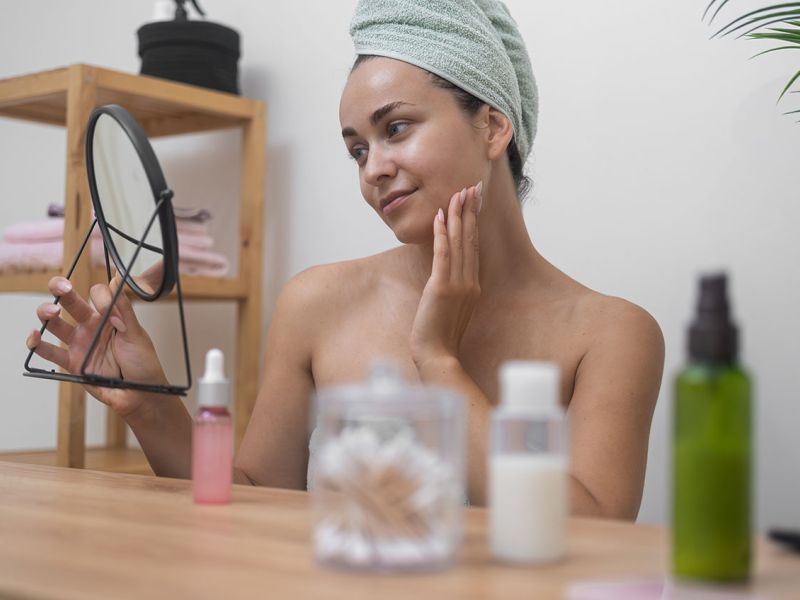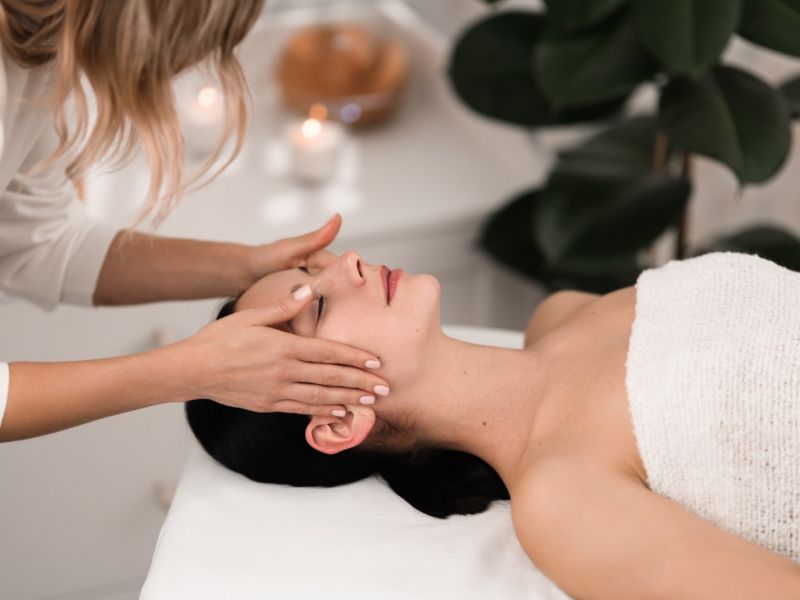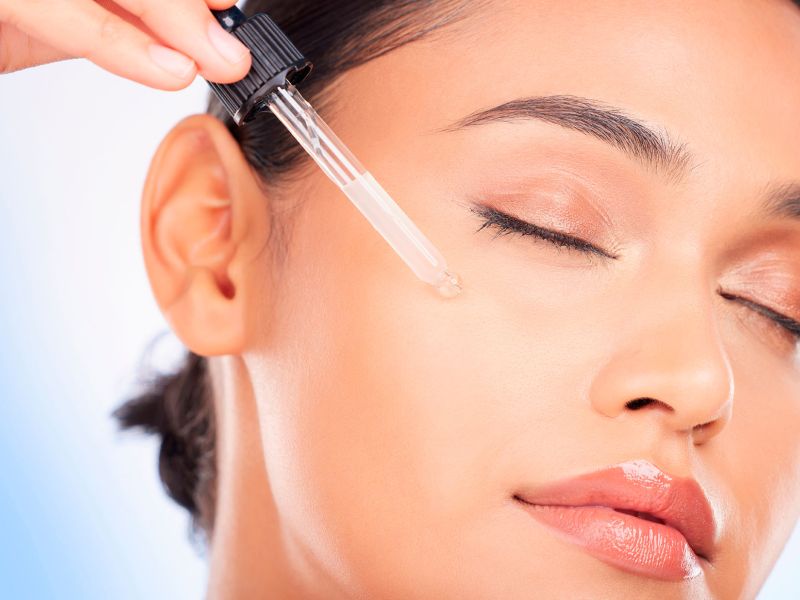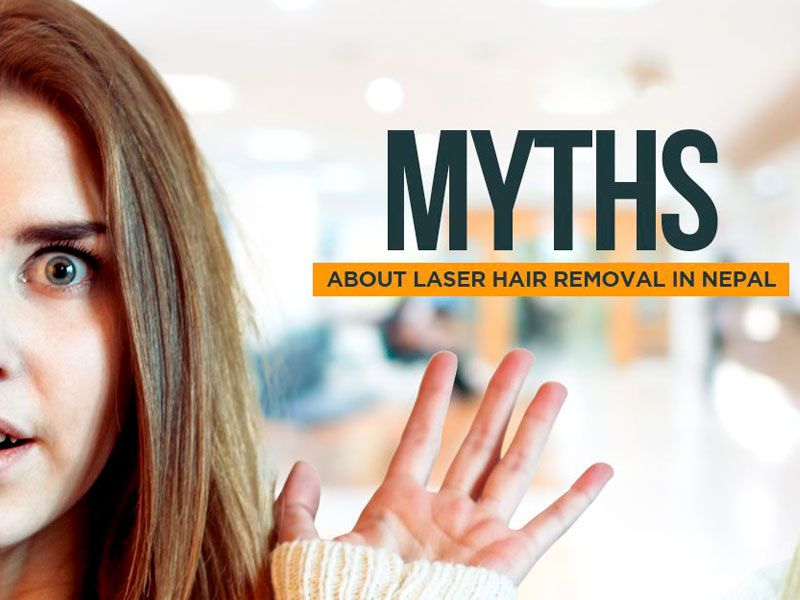Understanding the Differences Between Teen and Adult Acne: A Guide from Elara
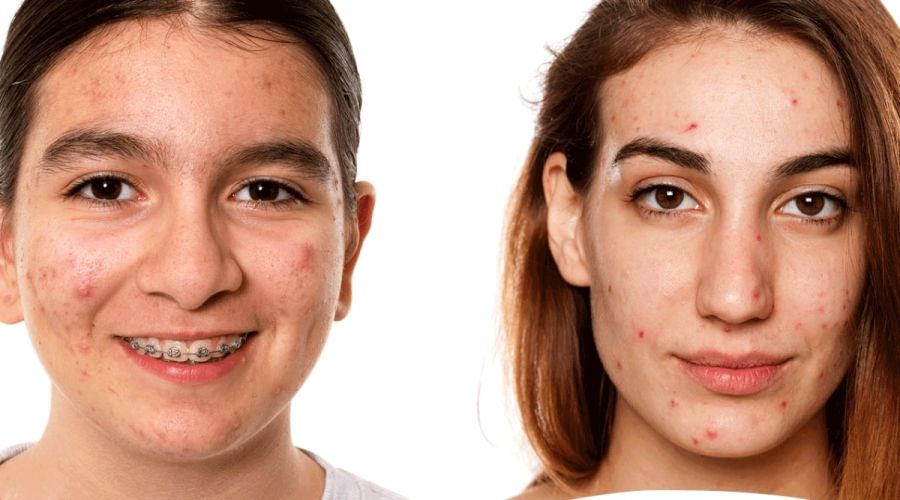
Acne is a widespread skin issue that impacts people of all age groups. While commonly associated with teenagers, adults also frequently struggle with this frustrating ailment. However, the root causes and treatment approaches for teen acne differ significantly from those of adult acne. Understanding these differences is vital for developing an effective skincare regimen. Here’s a closer look at what distinguishes the two and how Elara can help you tackle both effectively.
1. Hormonal Differences Leading to Acne
– Teen Acne:
During adolescence, hormones are often the primary culprits. The surge in androgens that accompanies puberty stimulates sebaceous (oil) glands to increase oil production, often resulting in clogged pores and subsequent breakouts. For many, acne during the teenage years manifests primarily on the T-zone (forehead, nose, and chin), where oil glands are most active.
– Adult Acne:
Hormonal imbalances remain a significant factor for adults, especially women. The menstrual cycle, pregnancy, and menopause all cause hormonal fluctuations that lead to increased oil production. Unlike teens, adult women frequently experience acne around the jawline and chin. Moreover, conditions like polycystic ovary syndrome (PCOS) and thyroid dysfunction can also cause acne to persist.
2. Environmental and Lifestyle Influences
– Teen Acne:
Adolescence is often marked by increased stress from academic pressure, extracurricular activities, and social relationships. This stress, along with diets high in sugar and dairy, can exacerbate skin issues. Moreover, teenagers might neglect proper skincare routines, making them more prone to breakouts.
– Adult Acne:
For adults, stress continues to be a significant factor. Busy careers, family responsibilities, and other life events can contribute to fluctuating hormone levels, leading to breakouts. Poor sleep, smoking, and unhealthy eating habits compound these effects. Adults also tend to use more skincare and cosmetic products, which could clog pores if they contain comedogenic ingredients.
3. Common Symptoms and Types of Lesions
– Teen Acne:
Teen acne typically includes whiteheads and blackheads, with the occasional appearance of inflamed pustules. Cysts and nodules are less common but can occur, often leaving behind scarring if not treated properly.
– Adult Acne:
In adults, lesions tend to be more inflamed and cystic. Painful nodules along the jawline and cheeks are prevalent, and breakouts tend to linger longer, often leaving behind post-inflammatory hyperpigmentation (PIH), which appears as dark spots on the skin.
4. Tailoring Treatment Approaches
– Teen Acne:
Teenagers often benefit from mild topical treatments like salicylic acid or benzoyl peroxide, which are effective in reducing oil and preventing clogged pores. In more severe cases, dermatologists may prescribe oral medications based on the type of acne. A gentle skincare routine involving non-comedogenic products and regular exfoliation is essential.
– Adult Acne:
For adults, treating hormonal imbalances may require medications such as spironolactone or birth control pills. Retinoids are highly effective in reducing inflammation and unclogging pores. Beyond topical solutions, lifestyle modifications are crucial—reducing stress, getting adequate sleep, and maintaining a balanced diet can make a noticeable difference.
5. Finding the Right Solution with Elara
Understanding the root causes of acne is crucial to managing it effectively. Whether you’re struggling with teen or adult acne, the right treatment strategy can make a world of difference. Elara’s advanced skincare line offers a range of solutions specifically formulated to address the varying needs of both teenage and adult acne sufferers. From gentle cleansers to acne-preventing creams, Elara provides the tools to cleanse, hydrate, and protect your skin.
Conclusion
Acne is a common struggle for teens and adults alike, but recognizing the distinctions between the two allows for more tailored and effective treatment. With Elara’s carefully curated products, you can start building a skincare regimen that targets your specific needs and promotes clear, radiant skin. Remember, a consistent routine and patience are key to overcoming acne, no matter your age. Consult a dermatologist if you’re unsure which products are best suited to your unique skin type.
Other Recent BLogs
-
 Skin Care for All Seasons, Adjusting Your Routine to Weather’s Whims
Skin Care for All Seasons, Adjusting Your Routine to Weather’s Whims -
 The Role of Stress in Skin Health: Managing Your Complexion in High-Pressure Times
The Role of Stress in Skin Health: Managing Your Complexion in High-Pressure Times -
 Understanding the Differences Between Teen and Adult Acne: A Guide from Elara
Understanding the Differences Between Teen and Adult Acne: A Guide from Elara -
 Should I Stop Using Moisturizers and Sunscreen Because I Have Acne-Prone Skin? Skincare Routine for Acne-Prone Skin
Should I Stop Using Moisturizers and Sunscreen Because I Have Acne-Prone Skin? Skincare Routine for Acne-Prone Skin -
 Skincare Care Routine For Acne Prone Skin
Skincare Care Routine For Acne Prone Skin -
 Salicylic Acid Treatment For Acne
Salicylic Acid Treatment For Acne -
 Understanding Acne And It’s Treatment
Understanding Acne And It’s Treatment -
 Chemical Peel vs. Carbon Peel: What’s The Difference?
Chemical Peel vs. Carbon Peel: What’s The Difference?
